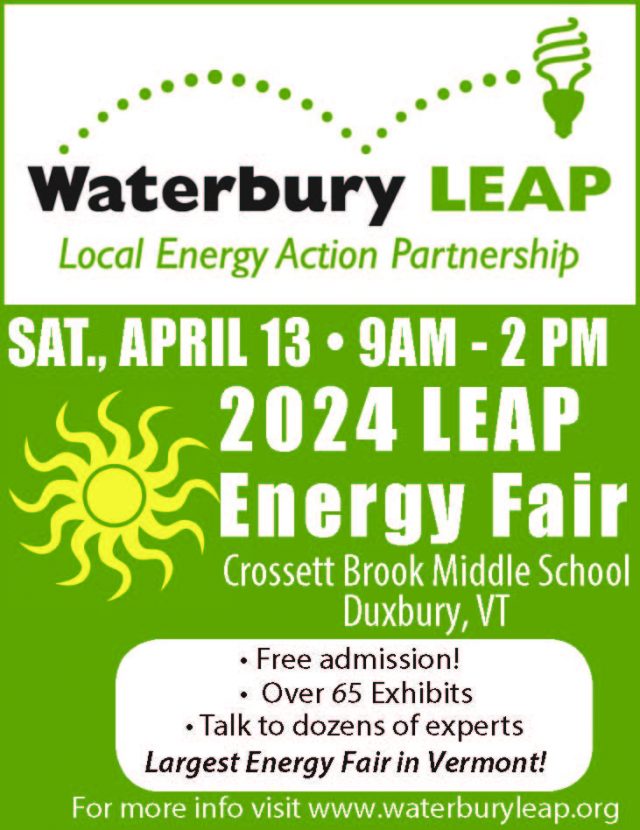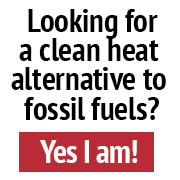
New snow making equipment at Loon Mountain in New Hampshire.
By Tamsin Venn
Many New England downhill ski areas are taking steps to reduce energy use. Loon Mountain is a leader in that effort in New Hampshire. In the past three years it has cut its electric bill by a third.
“The electricity savings came in with new low-energy snow guns,” says Ken Mack, Loon’s Snowmaking Manager. Mack has worked at Loon for 15 years, getting to know its snow and weather practically right down to the flake pattern. He is the third in his family to groom at Loon, his grandfather, father, and uncle preceding him. Now he masterminds the fluffy stuff with a crew of about 35, working 24/7.
“When I first started we used mainly internal-mix snow guns. We would move them around the mountain, it was very labor intensive,” Mack says.
Each snow gun would consume anywhere between 300 to 400 cubic feet per minute (cfm) of pressurized air and 20 to 30 gallons per minute (gpm) of water.
Water sources include the East Branch of the Pemigewasset River, Connector Ponds by Clark’s Trading Post, and Boil Brook.
New HKD Impulse tower snow guns use 20 to 50 gpm of water, but only 127 cfm of air, so two thirds less and then some, according to Mack.
“That first season, our electricity went down by a third. We didn’t have to compress as much air. It resulted in hundreds of thousands of dollars in savings,” says Mack.
“The fixed towers allow you to take advantage of smaller windows of cold temperatures. You don’t have to get out there and move them around,” Mack points out. “We took that to next level by purchasing the HDK click hydrants.”
Those connect to the HDK guns, replacing the work where the snowmaker hooks up the hoses, and turns the gun on and off and drains it, about five minutes per snowgun.
Are there any state or federal incentives for being energy efficient?
Mack notes that Vermont and Maine have outstanding incentive programs, less so New Hampshire. (Read about Efficiency Vermont’s program in “The Great Snowgun Roundup,” GET, Oct. 15, 2014). NH Electric Coop does give Loon some incentives.
Loon plans to add more click hydrants for safety, quicker on and off times, and better snow surface. Of 1,400 hydrants, 150 are converted to clicks.
“It’s a big investment. Every year we do a little more,” says Mack.
Loon’s other sustainable initiatives include:
Recycling and waste stream reduction
- The base lodge recycling program lets guests recycle bottles and cans in three base lodges
- On-mountain lodges support recycling of glass and plastic bottles
- Washable plates and soup bowls are used in the Octagon Cafeteria, and all locations use or are switching to earth-friendly hot and cold cups and napkins
- Cardboard
- Steel
- More than 300 gallons of waste oil and vehicle fluids each year. Loon’s Maintenance Center also has a 2,800-gallon oil-water separator, which can separate oil and other waste from water before it is flushed into the septic system.
- Motion sensor activated paper towel dispensers to limit paper towel use
Increasing energy efficiency
Recent snowmaking upgrades have included more than 650 new HKD 5V-10 impulse tower guns, which added substantial firepower to Loon’s already powerful snowmaking system. (See above.)
- Conversion of all lighting over to compact fluorescent bulbs, which use approximately 75% less energy than incandescent bulbs
- Installation of efficient Buderus boilers, and installation of efficient Marathon water heaters
- Motion sensors on restroom lights
- Installation of “air curtains” in the Governor’s Lodge Snowsports Area and Adaptive Program, to better retain heat
- New, efficient windows and doors installed in the resort’s administrative offices, Children’s Center, and base lodges, for heat retention
Improving air quality
- Anti-idling policy for company vehicles
- Lodging shuttles to minimize use of individual vehicles and lessen vehicle emissions








Leave a Reply